My experience with 3D printing
The most versatile and useful tool a hobbyist could own is undoubtedly the 3D printer. Although it is quite simple technology, it was not until recently that consumer products were put on the market, making them accessible to the masses. But in my case, the prices were still too high and since I really wanted to try out 3D printing, I had to look into cheaper, less user-friendly DIY kits. I received the Printrbot Simple Maker’s Edition (1405) as a gift from my parents about 3 years ago and here are my thoughts about it so far:
Initial setup

The kit included all parts to get the printer running and the instructions (available online) were detailed and comprehensive. It took me roughly 6 hours to get to my first print after calibration and fine-tuning. I’d say that the build was of intermediate difficulty but required some patience and could get quite frustrating. Cable management was a horrible mess since the motor leads were way too long and did not fit in the included cable sleeve.
First impressions
My first print was the test cube from Printrbot and I was kind of disappointed. After calibrating the z-axis for a further hour, I finally got a decent looking object. I then printed an upgrade for the printer, that is the fan shroud, which would further improve the models.
The first prints introduced my to the realm of 3D printing. There is something extraordinary about physically interacting with an object that was on your computer screen moments ago. In the following months, I ordered more filament and my room was always filled with the sweet smell of melted PLA plastic. (PLA actually smells like waffle)
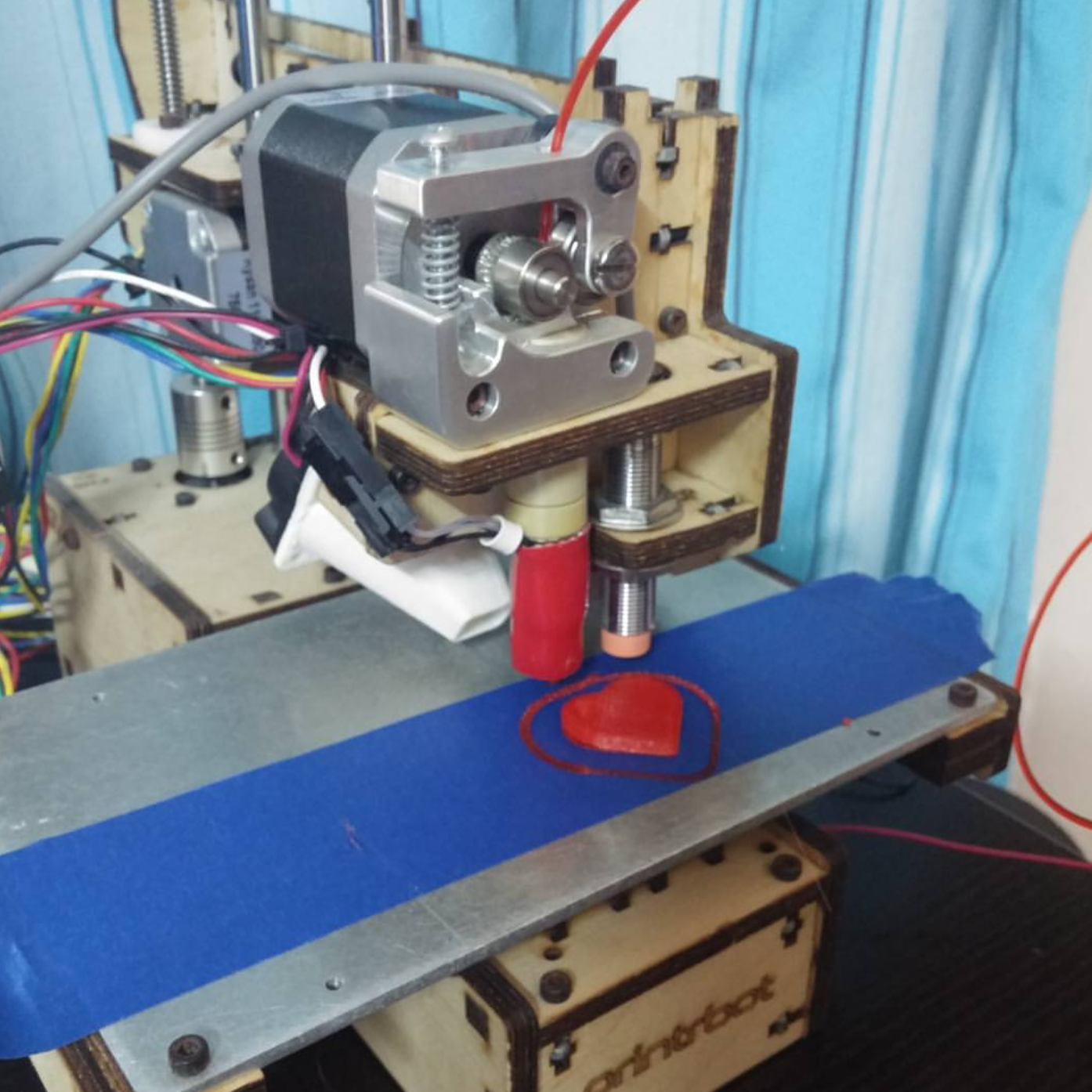
I was using Repetier as control software together with Slic3r and SketchUp for designing. With a bit of tweaking in the settings,I was able to get prints of reasonable quality for a shorter period of time.
Here are some of my best prints:
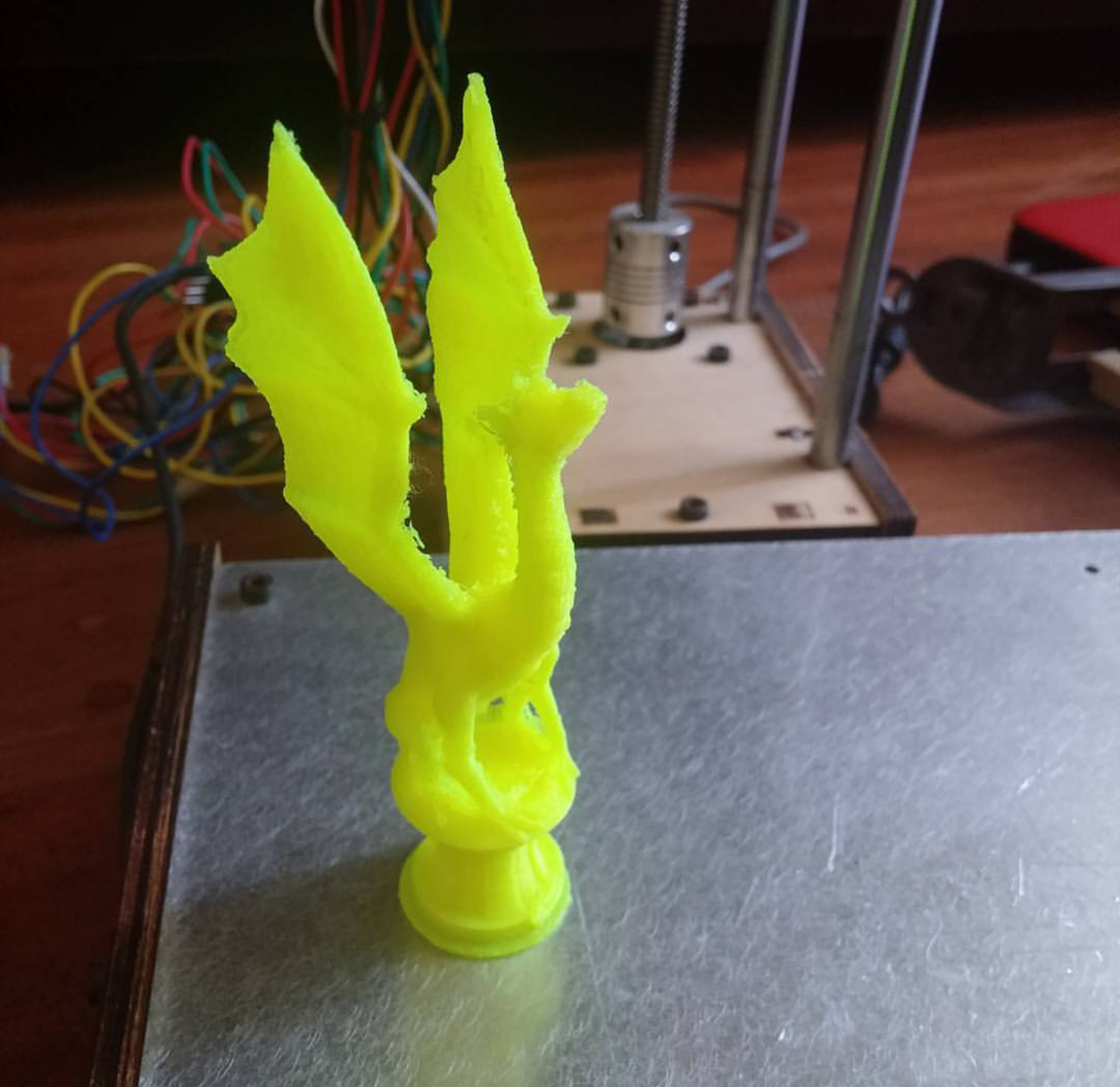

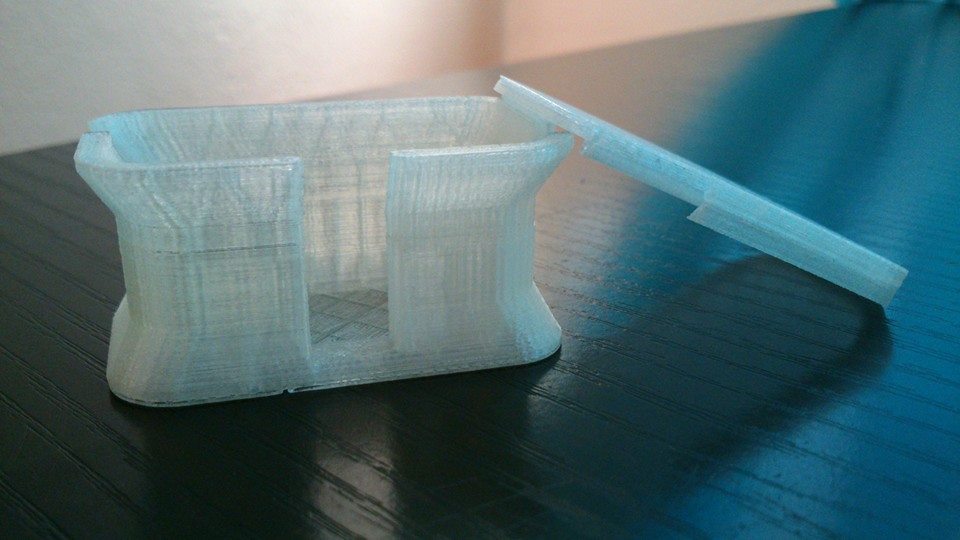
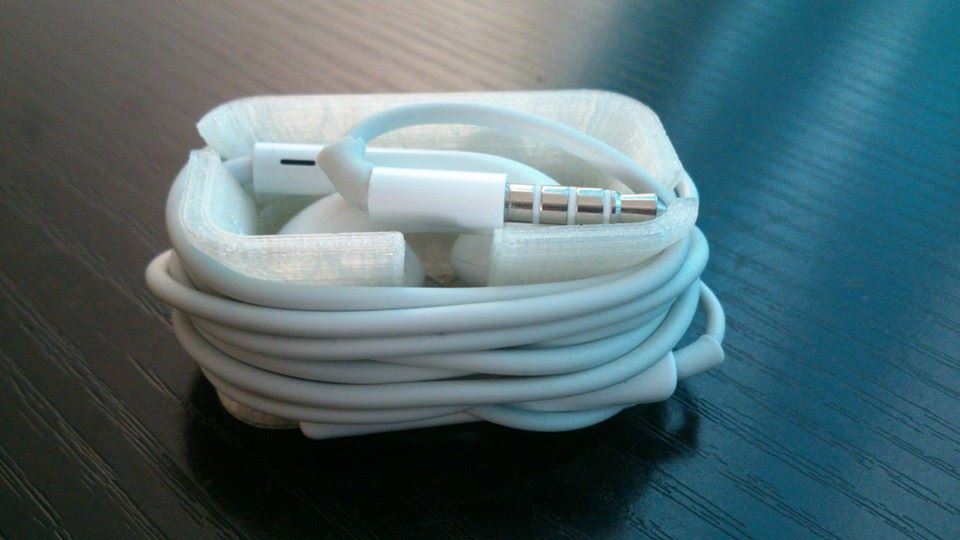

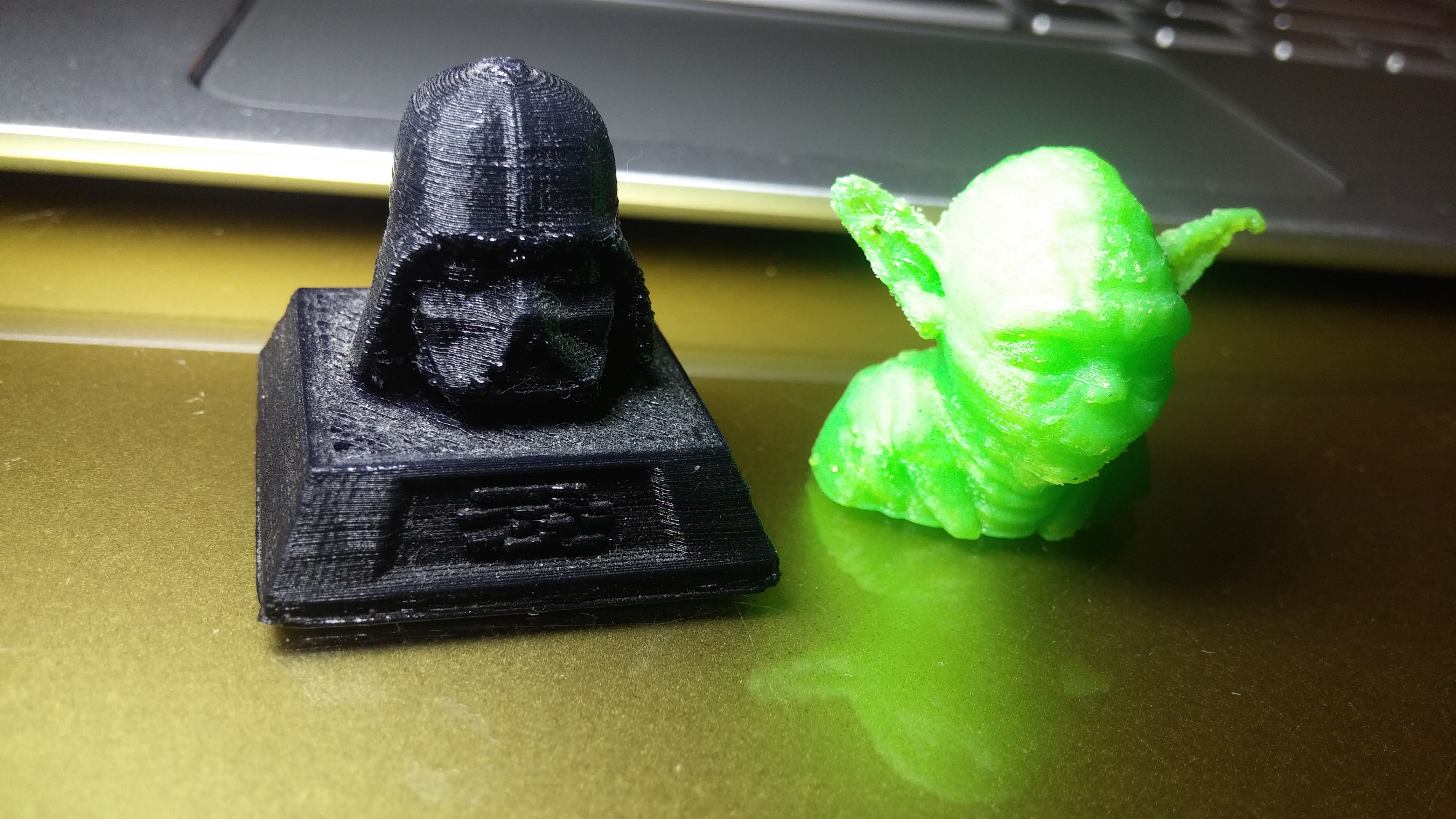
Issues
The DIY kit even though having a good value, came with some problems. In fact, the design itself was flawed, leading to insuperable problems in the long run.
One of the most highlighted features of the Simple is the self-leveling probe. It allows the firmware to know the state of the printbed. If it is not level, adjustments are made to the g-code to counteract the defect. This means you don’t have to manually adjust the bed using tension screws.
After about 4 months, I noticed my prints getting out of shape, I found out that the probe was burnt. I think it was mostly due to some mistake of mine and I don’t blame PrintrBot for it. I bought a new probe off eBay for not so much and easily replaced it, the only thing was that cables got even messier.
In the long run, things got even worse, the big flaw was that the structure of the printer was held together with zip ties, which would tend to expand and loosen. This made the Y-axis sag by a large amount, so much that it couldn’t be corrected by the auto-leveling. All of my prints started to have a bit of unwanted slant.
I was thus limited to printing decorative parts since functional ones wouldn’t be accurate due to the slant. Also, the tiny print volume (100x100x100mm) was not really appropriate for mechanical parts.
Final thoughts
As an overall package, as of right now, I wouldn’t recommend a DIY kit. It’s true that building your own 3D printer provides great satisfaction and a thorough understanding of the mechanisms but depending on the model, it may also add frustration to the list. The new generation PrintrBot Simple is more than twice the price of the 1405 maker’s kit but the performance and build quality is incomparable. Maybe it’s not the cheapest choice considering the large amount of affordable “micro-3d-printers” but depending on your needs, it may be the best value, with its reasonable print volume and quality.
Future plans
At the moment, I’m mostly focusing on my studies. I haven’t played with the Simple for quite a long time and I don’t know its condition. However, I may be able to get it running by restoring it with new zip ties and bearings and making some modifications to the design. Maybe I’ll buy a new printer in the long run such as the Prusa i3, but until now, the Simple has done a great job of introducing me to the world of 3D printing.
FIN